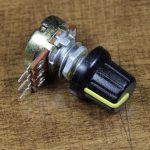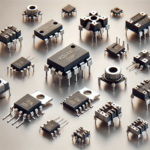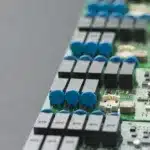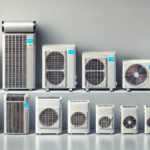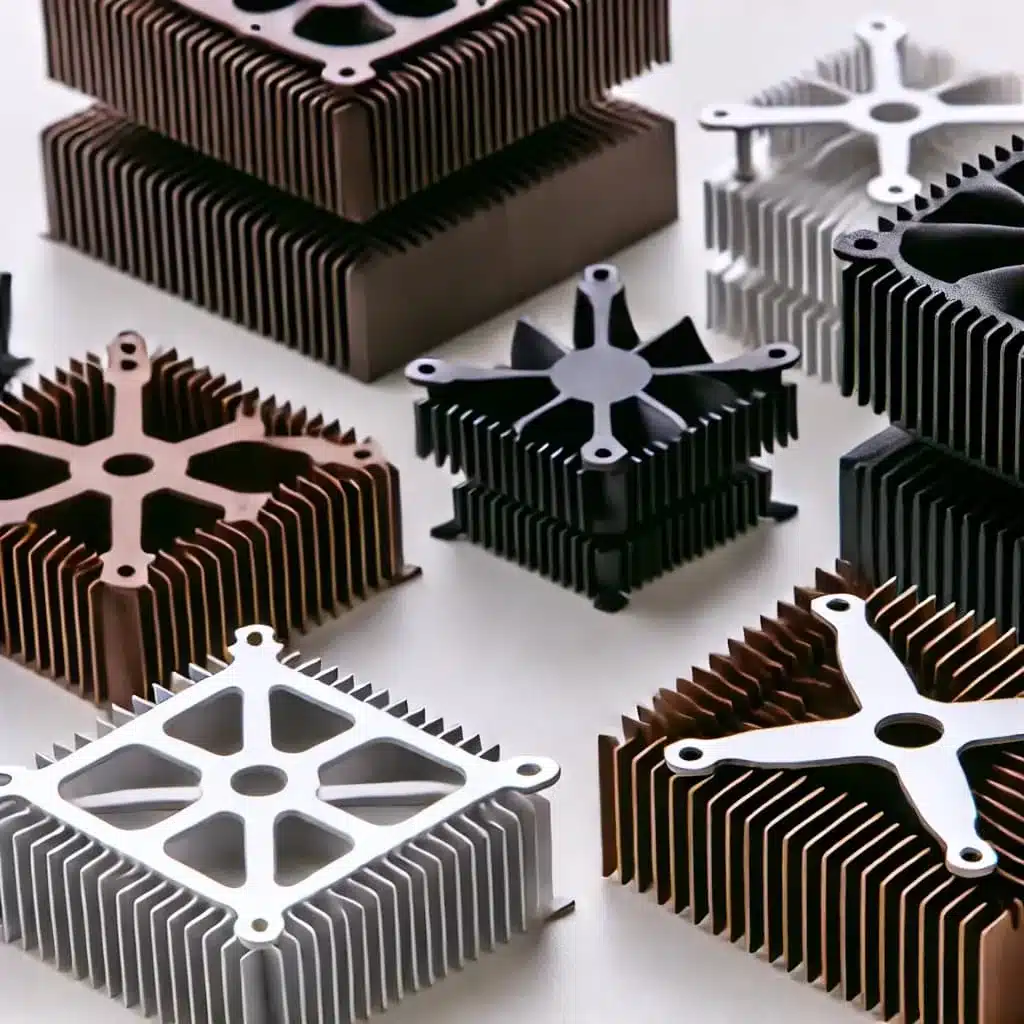
Introduction
In today’s digital world, we rely on a range of electronics that power every aspect of our lives. These devices are becoming more powerful and compact; however, they also produce more heat, which poses significant performance challenges. Heat sinks are essential components in managing this thermal output, ensuring electronic devices remain cool, functional, and long-lasting. This article discusses the importance of heat sinks and explains why they are indispensable in modern electronics.
Let’s Understand Heat Dissipation First
When electrical current flows through a component, a portion of energy is converted into heat. This heat can accumulate within the component, raising its temperature. This increased temperature deteriorates the component’s performance and shortens its lifespan. Excessive heat can also damage surrounding components and potentially cause a fire. To tackle these issues, effective thermal management is paramount–that’s where electronics heatsinks come into play.
Introduction to Heat Sinks: Definition & Functionality
A heat sink, also written as a “heatsink”, is a passive heat exchanger well-designed to absorb and dissipate heat from electronic components. These thermal management devices are typically designed with fins or pins that increase the surface area for heat dissipation. Heat sinks are commonly made from excellent thermally conductive materials like aluminium, copper, and composite materials, which exhibit lower thermal resistance. In addition, electronics heatsinks come in different shapes, sizes, and mounting configurations, suitable for different needs.
The primary role of a heat sink is to manage and regulate the thermal energy of multiple hot electronic components. It prevents electronics from overheating and malfunctioning and ensures safe operating temperatures. In addition, heatsinks extend the device’s life by keeping electronic components cool.
Heat Management in Electronics: The Consequences of Excessive Temperature (Heat)
Electronic components, such as processors, power transistors, and LEDs, are designed to operate within certain temperature ranges. They generate significant amounts of heat during normal operations, which, if not adequately dissipated, can increase the device’s temperature beyond its maximum allowable temperature threshold. This excessive temperature can lead to electronic failure through mechanisms such as thermal runaway, solder melting, or reduced insulating properties.
How Do Heat Sinks Work? A Brief Look At Their Operating Principle
Heat sinks work by increasing the surface area of the heat-generating component, allowing heat to be transferred more effectively to the surrounding environment. The heat sink’s design typically involves a metal block with extended fins or a complex array of channels. The heat is conducted from the hot component to the heat sink’s surface and then dissipates into the air through convection and radiation. The larger the surface area, the more efficient the heat dissipation process becomes. In some cases, fans are used to increase airflow across the heat sink, further enhancing cooling performance.
Standard Types of Heat Sinks Explained
Heatsinks are classified into several types designed for different needs and applications. Some standard types include:
Passive Heat Sinks
These heat sinks have no mechanical components. They rely on the natural convection of heat away from the fins or pins. Passive heat sinks are widely used due to their reliability and noise-free operation.
Active Heat Sinks
Active heat sinks incorporate a fan or other mechanical components to enhance the movement of air or liquid around the fins. This setup is more effective at heat dissipation and is often used in applications where heat generation is substantial.
Hybrid Heat Sinks
These combine both passive and active cooling elements. For example, a hybrid heat sink might use a fan to assist in airflow but also rely on natural convection in cases where the fan fails, providing a fail-safe mechanism.
In addition to the above types, heatsinks also come in various forms based on materials, such as aluminium heatsinks, brass, ceramic, and copper heatsinks.
Heat Sink vs. Other Cooling Methods: A Brief Comparison
Heat sinks are a common and effective method of cooling electronic components, but they are not the only option. Other cooling methods include fans and blowers, liquid cooling, and phase change cooling. Fans and blowers are a simple and inexpensive way to cool components, but they can be noisy and can wear out over time. Liquid cooling is a more complex and expensive option; however, it can be very effective at removing heat from high-power components. Phase change cooling, on the other hand, is a relatively new technology that uses the phase change of a material to absorb and dissipate heat. It is very effective, but it is also costly.
Applications of Heat Sinks: Exploring Their Versatility
Heat sinks are indispensable in managing the optimal temperature management of multiple electronic devices. Their versatility spans across various sectors, including:
- Computers: Heatsinks are used to cool CPUs, GPUs, and other components in desktop and laptop computers.
- Power Electronics: Power transistors, power modules, and other power electronic devices generate significant heat, necessitating heatsinks to maintain their performance and reliability.
- Telecommunications Equipment: Heat sinks can cool components in routers, switches, and other telecommunications devices.
- Automotive Electronics: Electronic control units (ECUs) and other automotive electronics require these coolers to prevent overheating, especially in harsh environments.
- Industrial Electronics: Industrial control systems, motor drives, and other industrial electronics often operate in demanding conditions, requiring the use of heatsinks.
Final Thoughts
Heat sinks are staple cooling devices that ensure the optimal performance, reliability, and lifespan of electronic components. By effectively managing the heat generated by these components, these heat spreaders protect devices from overheating and prevent damage. Whether in consumer electronics, power systems, or industrial machinery, heatsinks are an integral part of thermal management.










